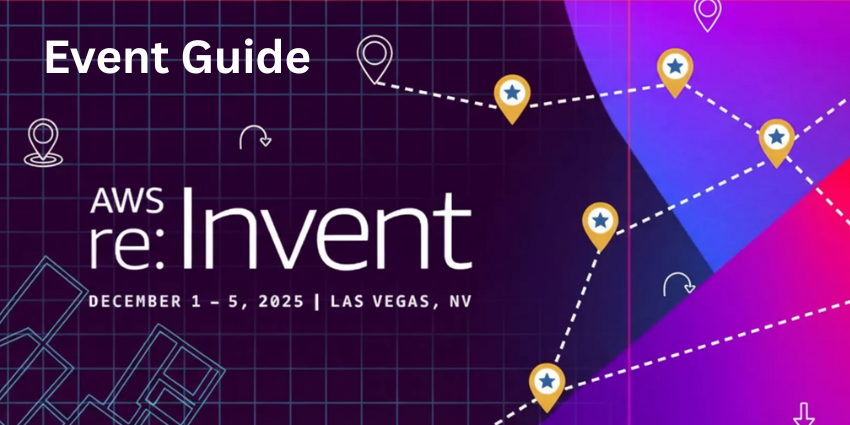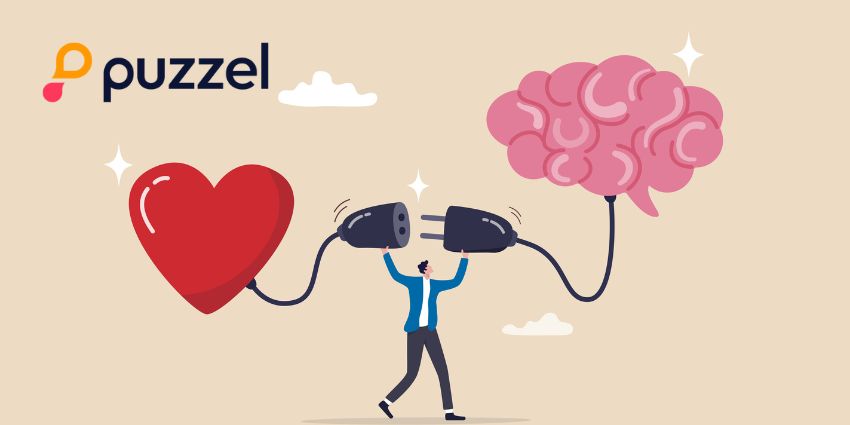Sprinklr is the only CCaaS provider to feature on the Gartner Magic Quadrant and Forrester Wave for conversational AI.
That alone is a testament to its prowess in automating customer contacts.
However, both the contact center and conversational AI spaces are evolving rapidly. First, because of the influence of generative AI. Now, because of agentic AI.
Sprinklr is moving with the markets and has a unified customer experience management (CXM) vision to work toward.
Part of that vision depicts the contact center and conversational AI as on a collision course, ushering the autonomous contact center of tomorrow.
The Autonomous Contact Center: What Does It Look Like?
Many contact center providers frame AI agents as virtual agents on steroids.
However, that’s just one use case. AI agents – which can reason, adapt, and automate – can mechanize many processes across the enterprise.
Sprinklr recognizes this and is building an AI Agent Studio (the next evolution of its Digital Twin Studio) for front-office teams to leverage agentic AI in new, more exciting ways.
In doing so, service leaders may soon leverage a builder to create their own agents or deploy preconfigured solutions.
One of those prebuilt AI agents will cluster successful contacts on customer intent. Another will analyze those clusters to build playbooks on how to solve those queries across channels.
Then, another customer-facing AI agent uses that playbook to handle queries.
These agents will work continuously, adapting existing copies and creating new playbooks for emerging contact reasons.
After sharing this vision, Yogin Patel, VP of AI Product Engineering at Sprinklr, said:
“Take for example a global social media platform. Your customer support team might deal with account terminations, video removals, monetization issues, etc. We generate a playbook for handling each issue, and that becomes the knowledge base for a customer service AI agent.”
But it’s not just AI agents; live agents can use these playbooks, too.
Indeed, Sprinklr envisions a future where contact centers understand which contacts present opportunities for upsells and cross-sells.
Many of these may then filter through to humans, who specialize in taking these contacts and can secure a deal.
Such journey orchestration is the future of customer service, and a Sprinklr agent may soon even analyze whether a customer would prefer to buy from a human or AI, routing them accordingly.
So, while Sprinklr is building the autonomous contact center of tomorrow, contact center leaders can adjust the level of automation they’d like to apply.
Why Is Sprinklr Well-Placed to Deliver the Autonomous Contact Center?
Ultimately, Sprinklr is creating a closed-loop system where a customer-facing AI agent continually learns from contact center conversations.
Some other CCaaS providers may have a similar vision. Yet, there are three critical components to making this work:
- Workflow engines to support self-learning and dynamic processes.
- AI agents to run across those workflows and automate them.
- An omnichannel layer for AI to communicate with customers across channels.
Given these three essential elements of the autonomous contact center, Patel believes Sprinklr can lead the next generation of customer service. He said:
“Sprinklr has been developing the omnichannel layer for over a decade and has a strong workflow engine. Combined with AI, this gives our platform a significant advantage.”
Of course, competitors may build an advanced virtual agent using open frameworks, but – to Patel’s point – many lack the infrastructure to scale it across channels or make it self-learning.
Meanwhile, Sprinklr can provide a unified platform where self-service, agent interactions, and analytics live together.
With the release of its AI Agent Studio, this unified platform will form the basis of the autonomous contact center of tomorrow, and vision will meet reality.
Discover more about Sprinklr’s contact center and AI portfolio by visiting: www.sprinklr.com







